by Alan K. Lee
Introduction:
One of the benefits of living in the Pacific Northwest is its natural beauty and easy access to nature. Even the large urban centers have abundant parks, forests, and streams close by. Cooper Mountain Nature Park in Beaverton, Oregon is one of the many protected natural areas and nature parks the Portland metro area is blessed with that range in size from less than five acres to the 5200-acre Forest Park in Portland. Dozens of such natural areas dot the landscape, several of which are near my suburban neighborhood. I can leave my house on foot and be surrounded by nature in less than ten minutes.
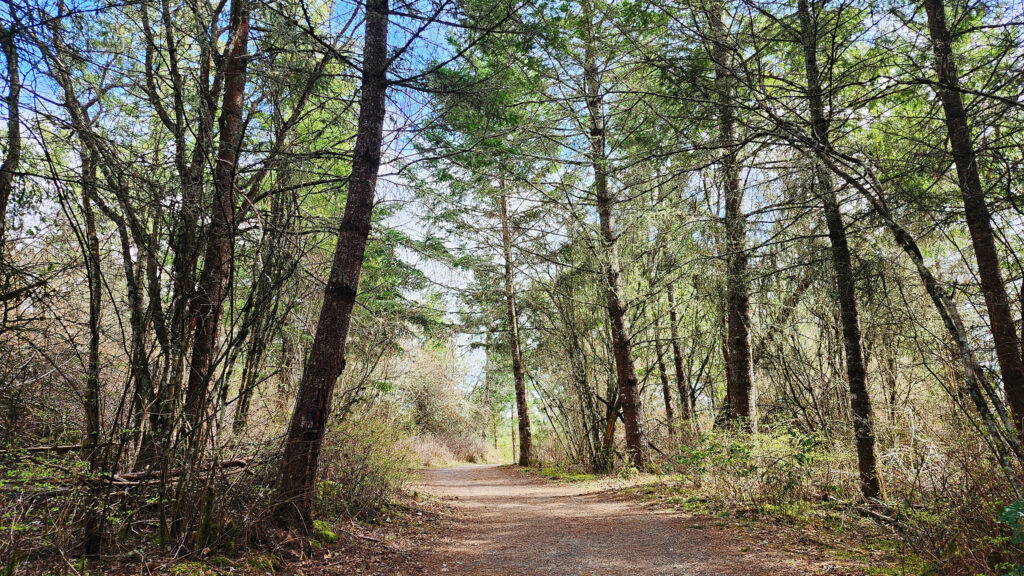
The Park:
Cooper Mountain Nature Park is located on the southwestern edge of Beaverton. The park is jointly managed by Metro, the Portland area’s regional government, and the Tualatin Hills Park and Recreation District. Three and a half miles of trails take the visitor through three distinct habitats – oak woodland, open prairie, and conifer forest. The hike described here traverses most of the park’s 230 acres.
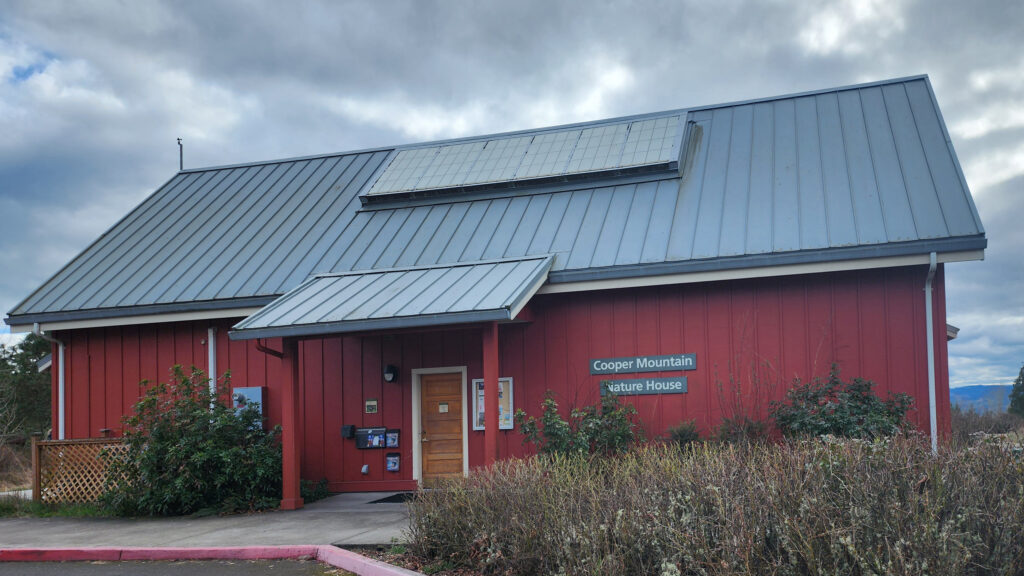
There is more to do at the park than just hiking, too. The park’s Nature House hosts a variety of classes and educational events, there are nature play areas for children, and there is a demonstration garden that features low-maintenance and wildlife-friendly plants.
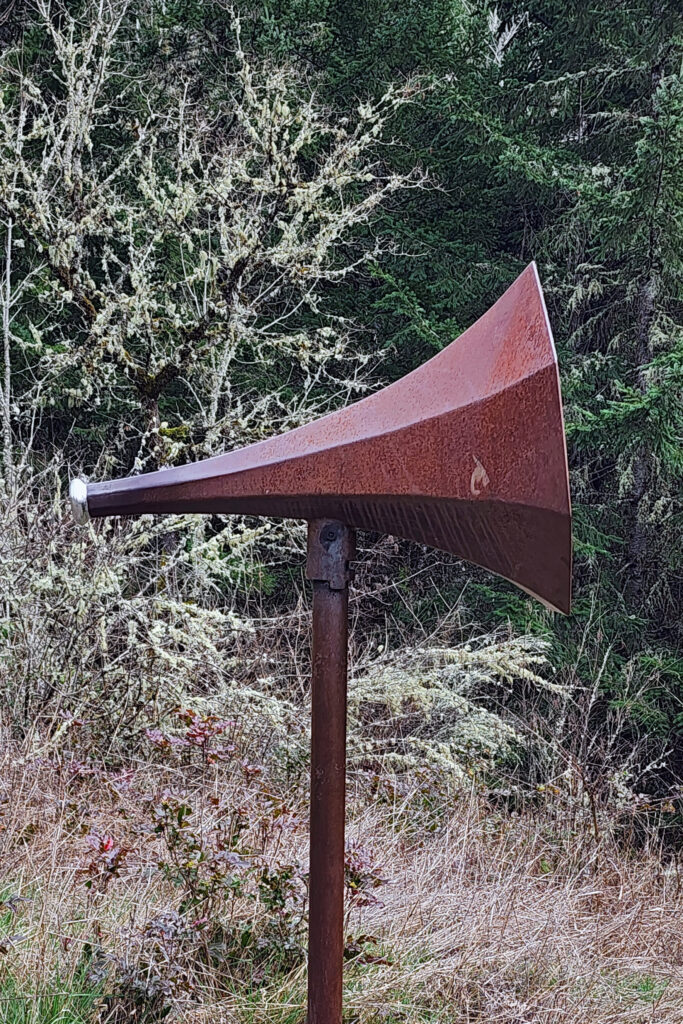
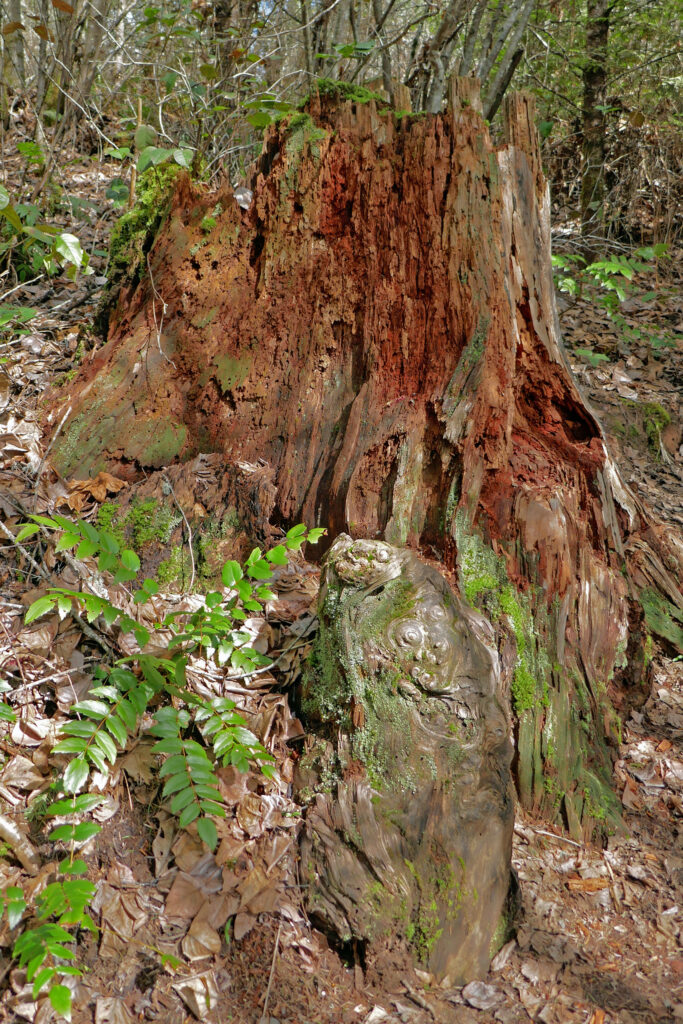
One of the interesting features of the park are the three “listening trumpets” located along the trails. Created by Portland artist Christine Bourdette, the trumpets act as natural sound amplifiers that can catch birdsong and other sounds of nature from a distance. Try them out if you visit the park.
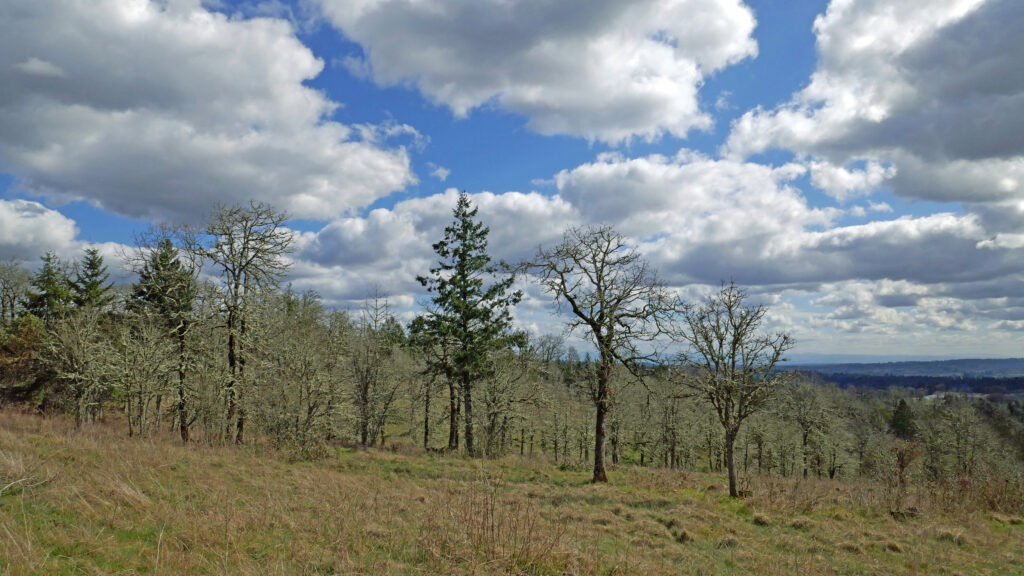
The Hike:
Where: Cooper Mountain Nature Park, 18892 SW Kemmer Rd, Beaverton, Oregon
Distance: 2.9 miles
Type: Loop
Elevation gain: 375 feet
Difficulty: Easy
Map:
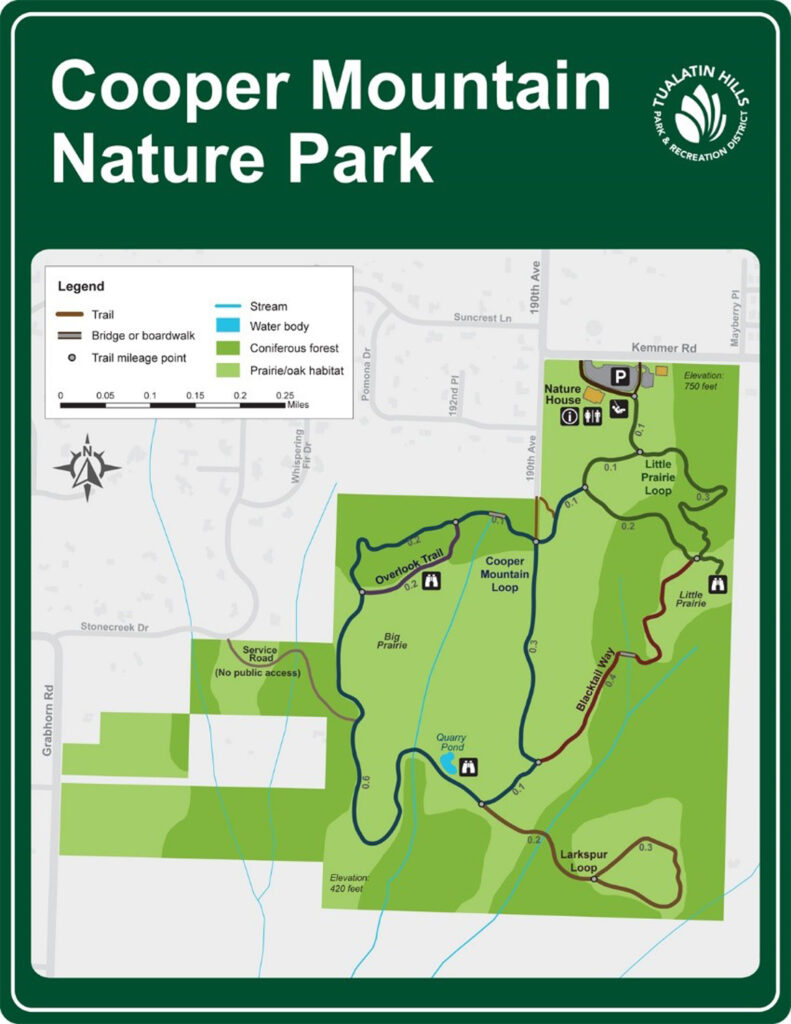
https://www.thprd.org/pdfs2/maps/coopermountain2022.pdf
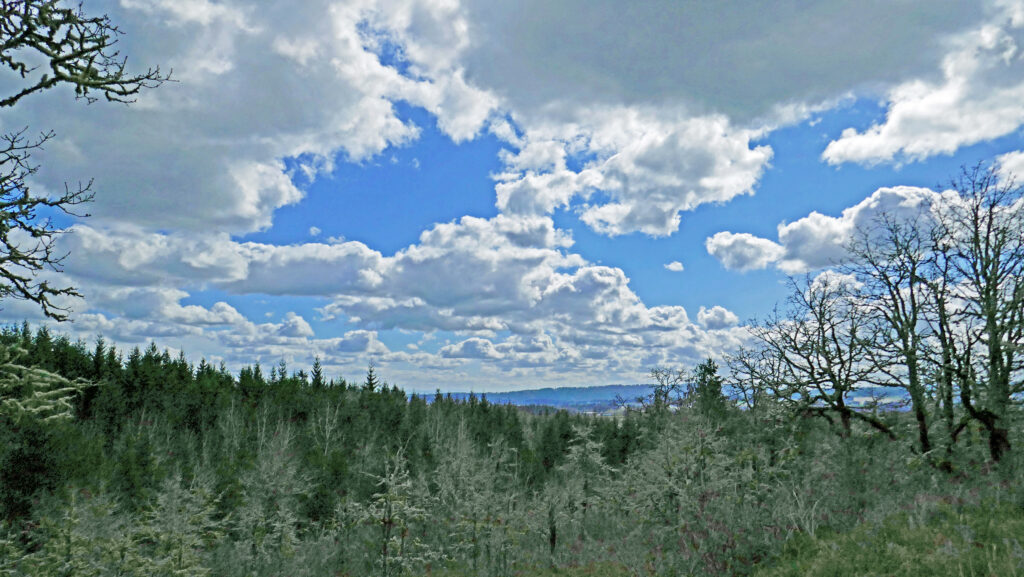
Overview:
The trails here are hiker only – horses, dogs and other animals (except service animals), and bicycles are prohibited. Drones are also prohibited. The trails are mostly compacted gravel and are useable year round. All trail junctions have directional signage with a small trail map. Interpretive signs are located at places of interest along the trails.

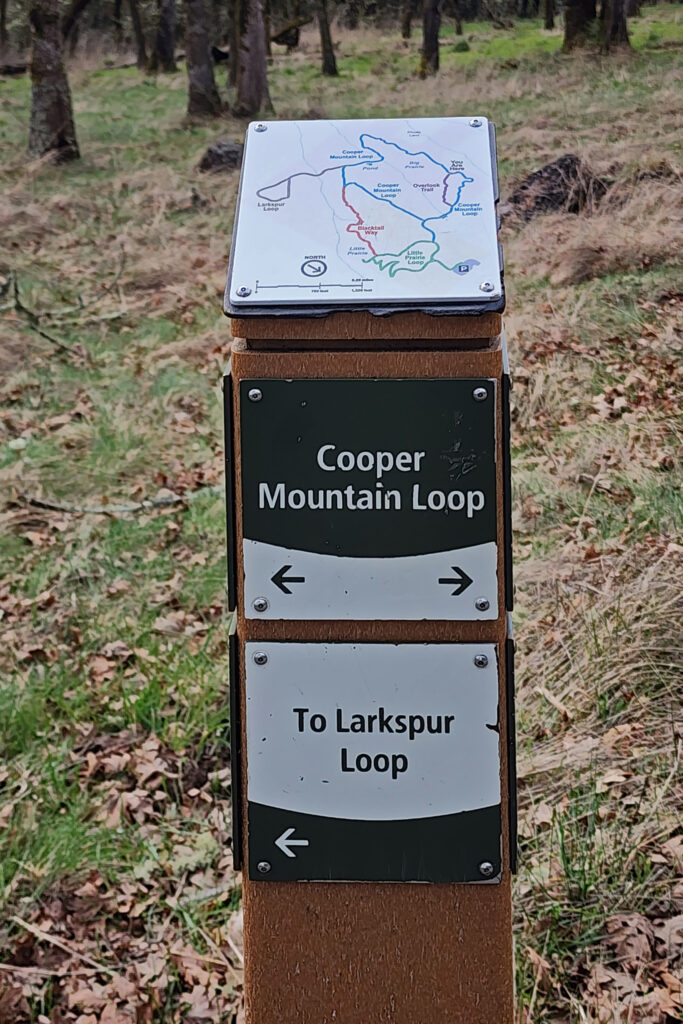
Trailhead:
There are restrooms in the Nature House at the parking lot and drinking water is available. There are about 40 parking spaces with an overflow area that will accommodate another fifteen vehicles. Parking is free. The parking lot fills up early on weekends and sometimes even on weekdays in the spring and summer, so best to come early. If the parking lot is full, you may be able to park along Kemmer Road.
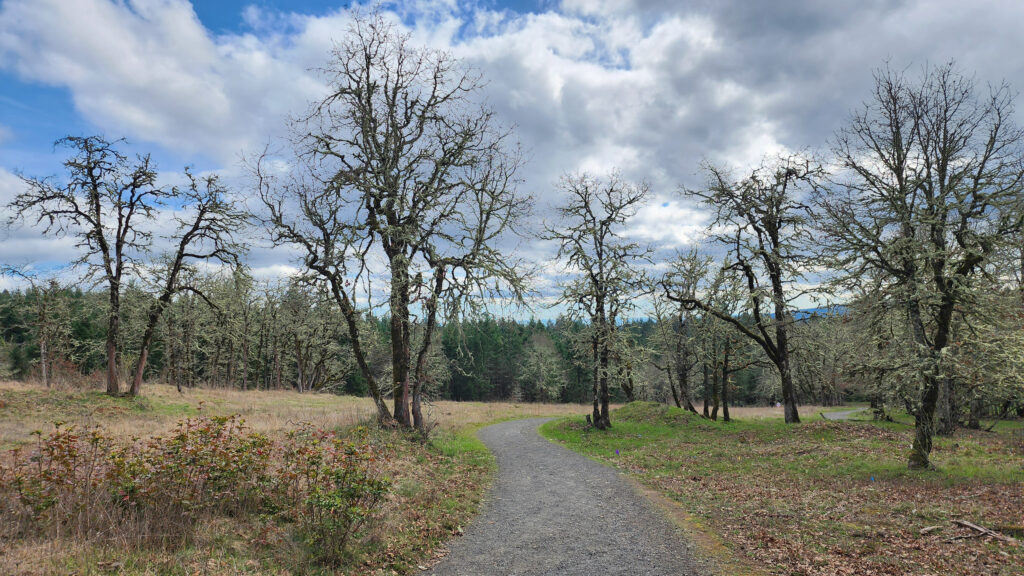
The hike:
The hike starts at the southeast corner of the parking lot adjacent to the playground. Stay right at the first two trail junctions. At 0.3 miles, continue straight onto Cooper Mountain Loop that takes you into an area of coniferous forest.
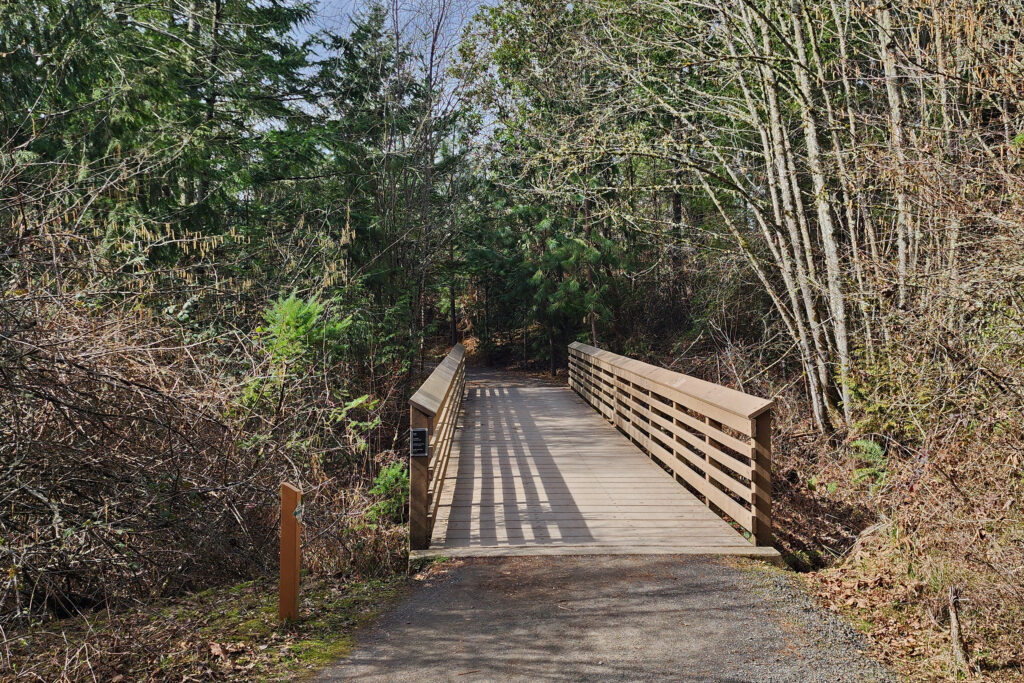
In another tenth of a mile turn left onto the Overlook Trail that takes you back into a more open prairie habitat with good views of Chehalem Mountain to the south. You’ll also find one of the listening trumpets along the trail. At the 0.6 mile mark the Overland Trail rejoins the Cooper Mountain Loop. Turn left and follow Cooper Mountain Loop, which takes you downslope with prairie to your left and forest to your right.
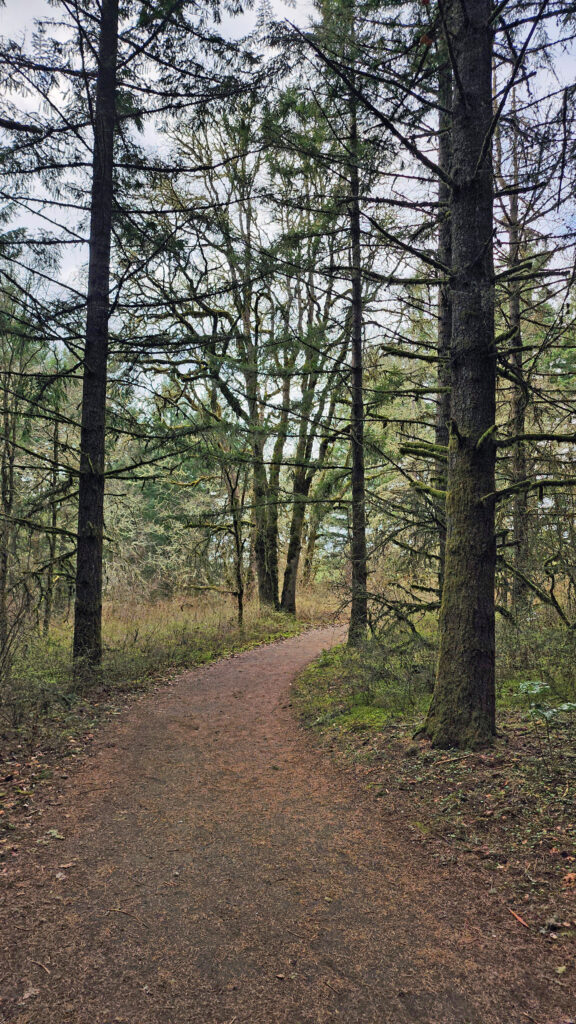

At the low point of this hike (elevation 420 feet) the trail makes a 180⁰ bend and regains some of the elevation you’ve lost, then turns right and takes you to Quarry Pond, where you might find a few waterfowl and increasingly rare northern red-legged frogs. Just beyond the pond, you’ll come to the Larkspur Loop junction at the 1.2 mile mark. Take the out and back lollipop loop and return to the junction. Turn right onto Cooper Mountain Loop again. Here the trail begins to climb back toward the trailhead.
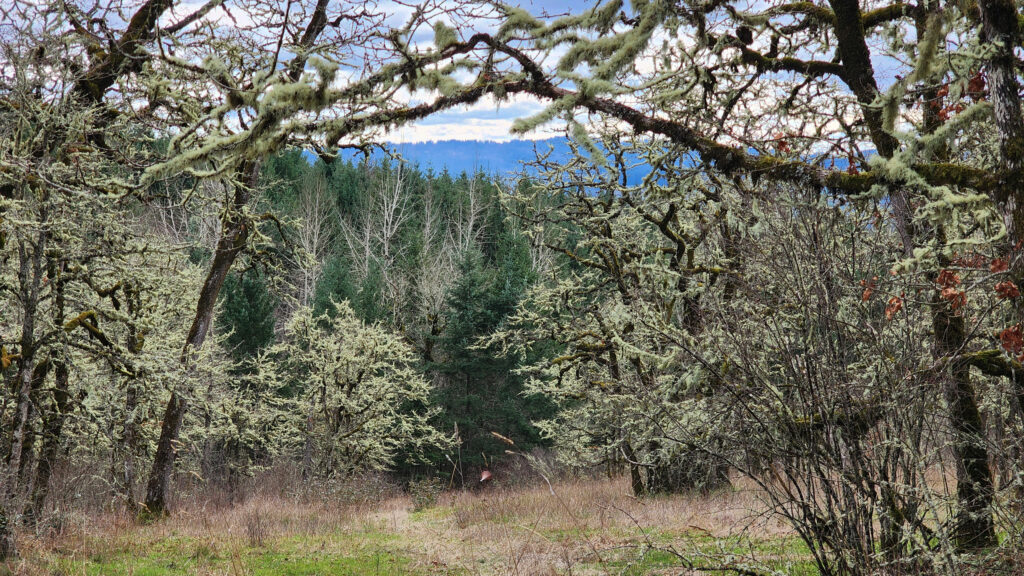
At the next junction, turn right onto Blacktail Way, which climbs, steeply in places, for half a mile to the next junction. Here there is a short trail to the right to a viewpoint. Back at the junction, turn right onto Little Prairie Loop and follow it through the forest and back to the trailhead.
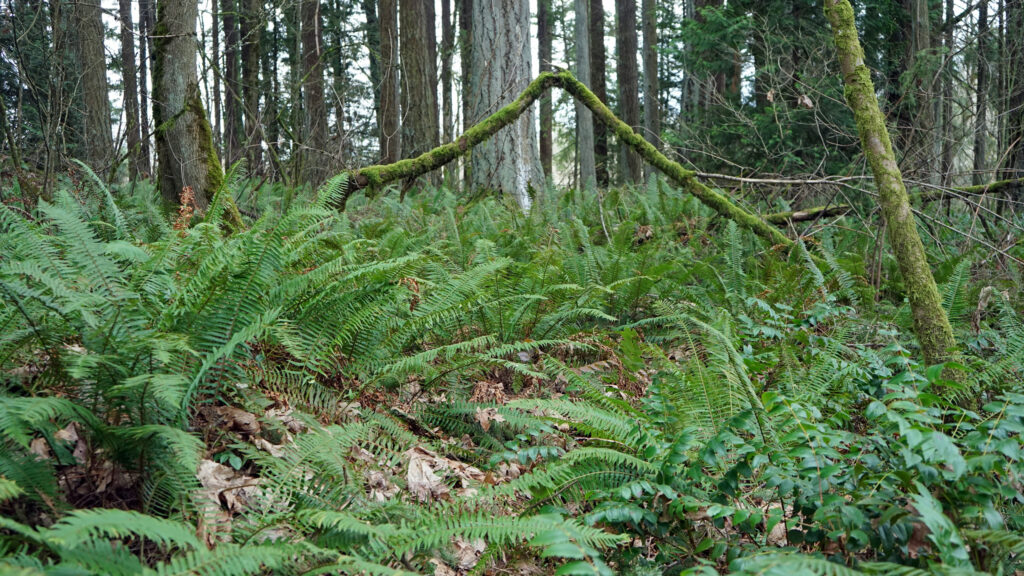
Other area attractions and activities:
The Beaverton area features numerous other parks and natural areas. Another of my favorite hiking spots is Tualatin Hills Nature Park, which I will feature in an upcoming post. And slightly farther out (about ten miles west of Cooper Mountain), the newly opened Chehalem Ridge Nature Park is another of the areas nature parks and another outstanding hiking area.
And after your hike, the Beaverton area has many fine places to get lunch and slake your thirst. If you just crave a good beer after your hike, try the nearby Taplandia Taphouse. Taplandia doesn’t have a food menu, but if you’re hungry, Cafe Murrayhill and White Oak Taphouse are nearby and located next to each other. They make a good pairing. And McMenamin’s Greenway Pub is also close to Cooper Mountain and offers both decent food and a good beer menu.
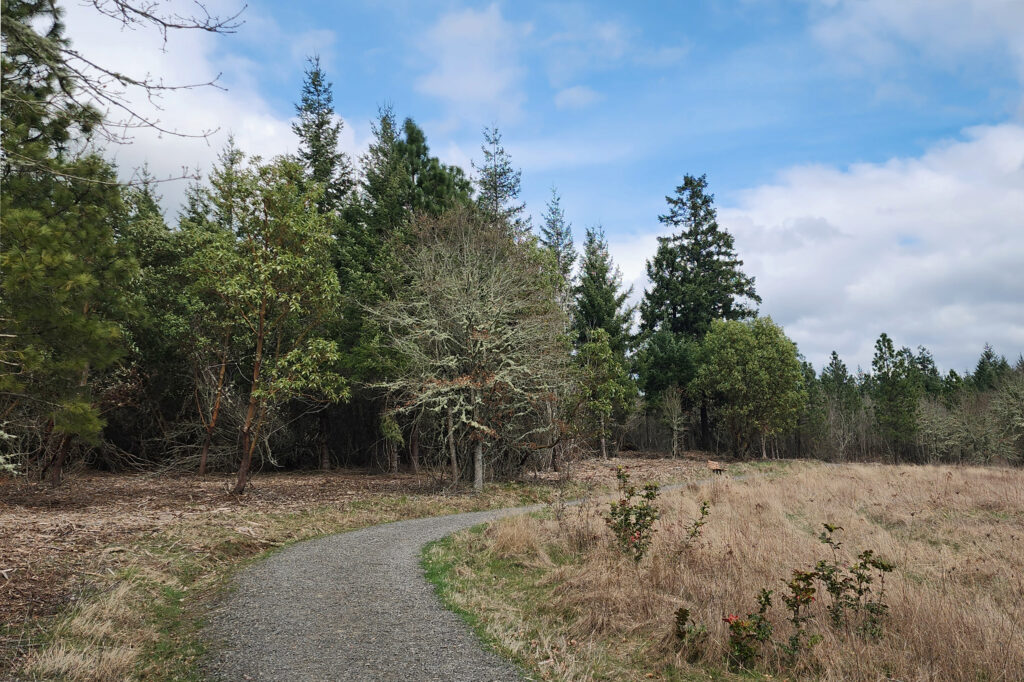
Conclusion:
Cooper Mountain has become one of my favorite hiking areas in the southwestern part of the Portland metro area. I’m sure you’ll enjoy it as much as I do.
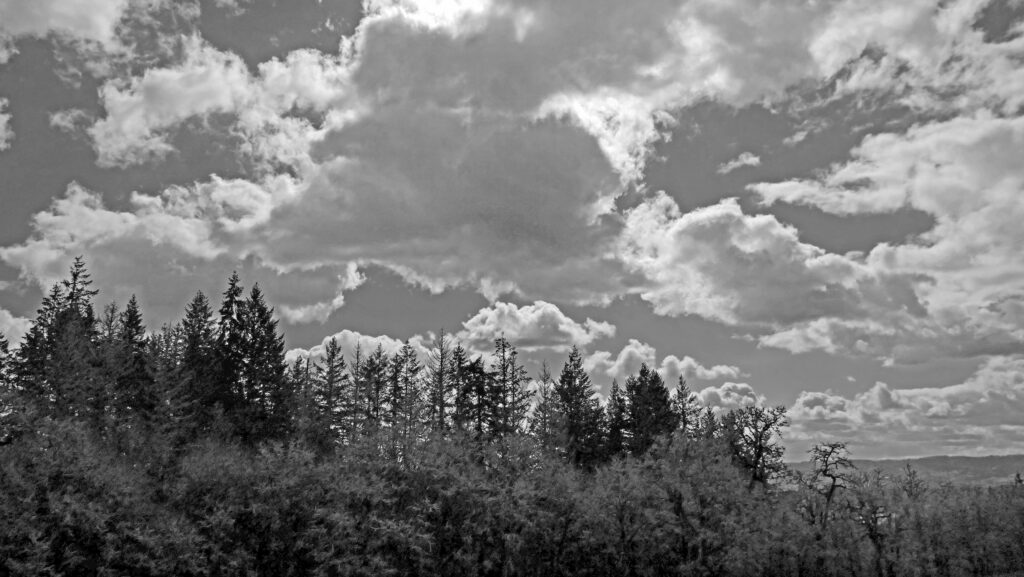
Posted May 2, 2025
All photos © Alan K. Lee
Look for updates to this post later in the year with photos from this spring and summer.

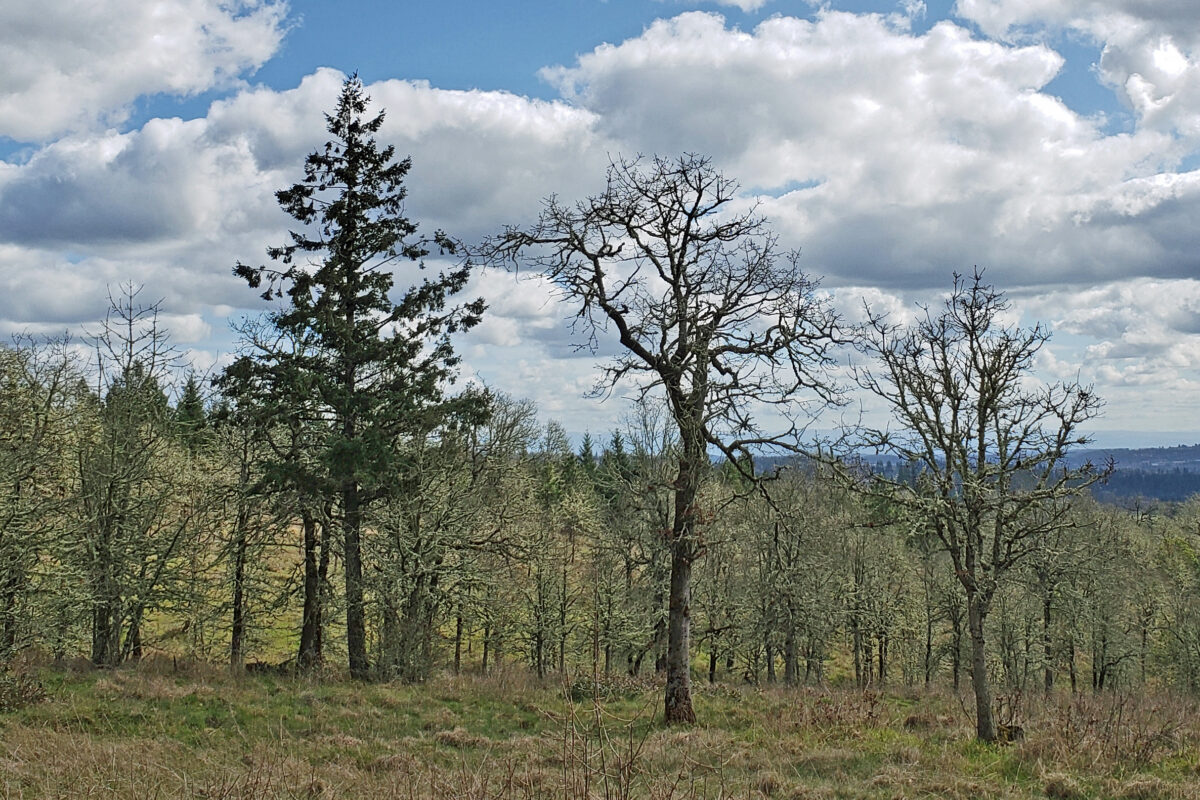
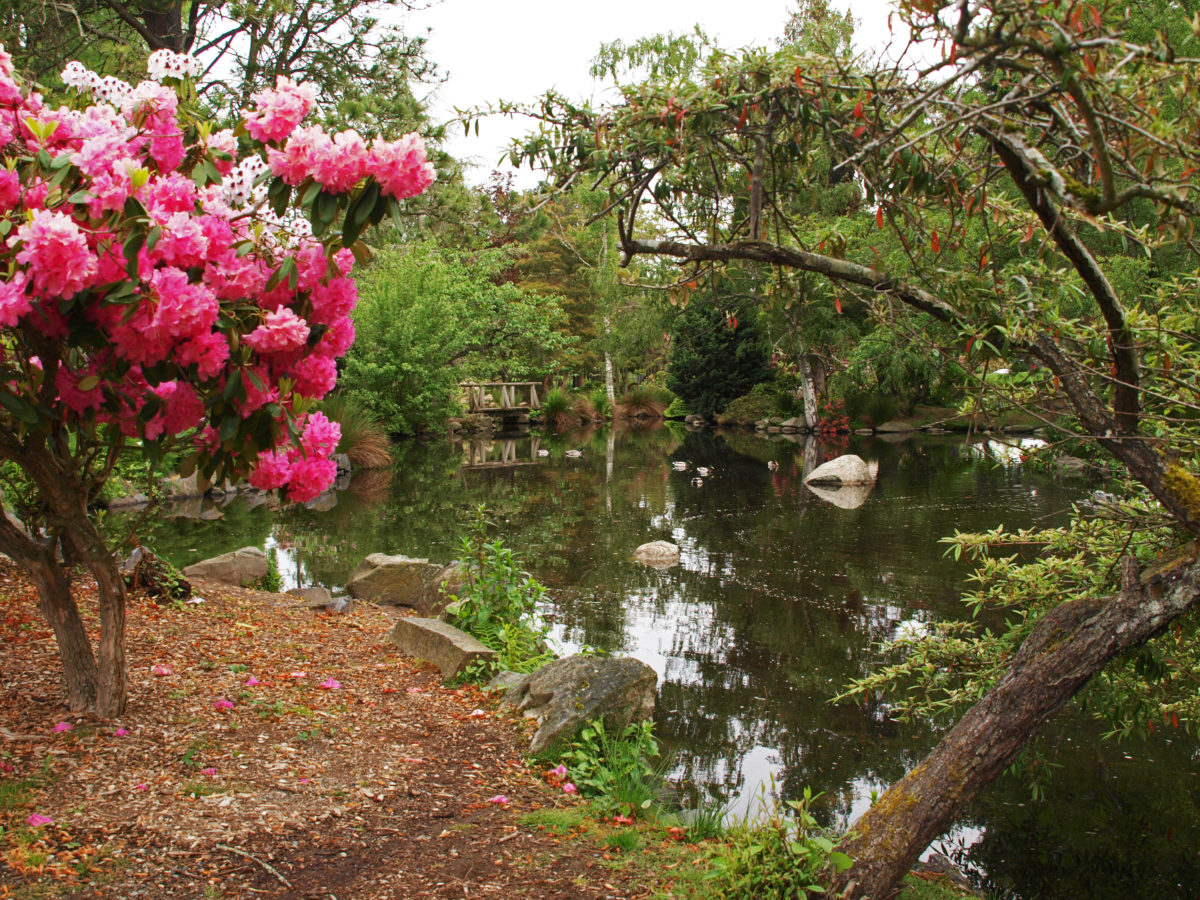
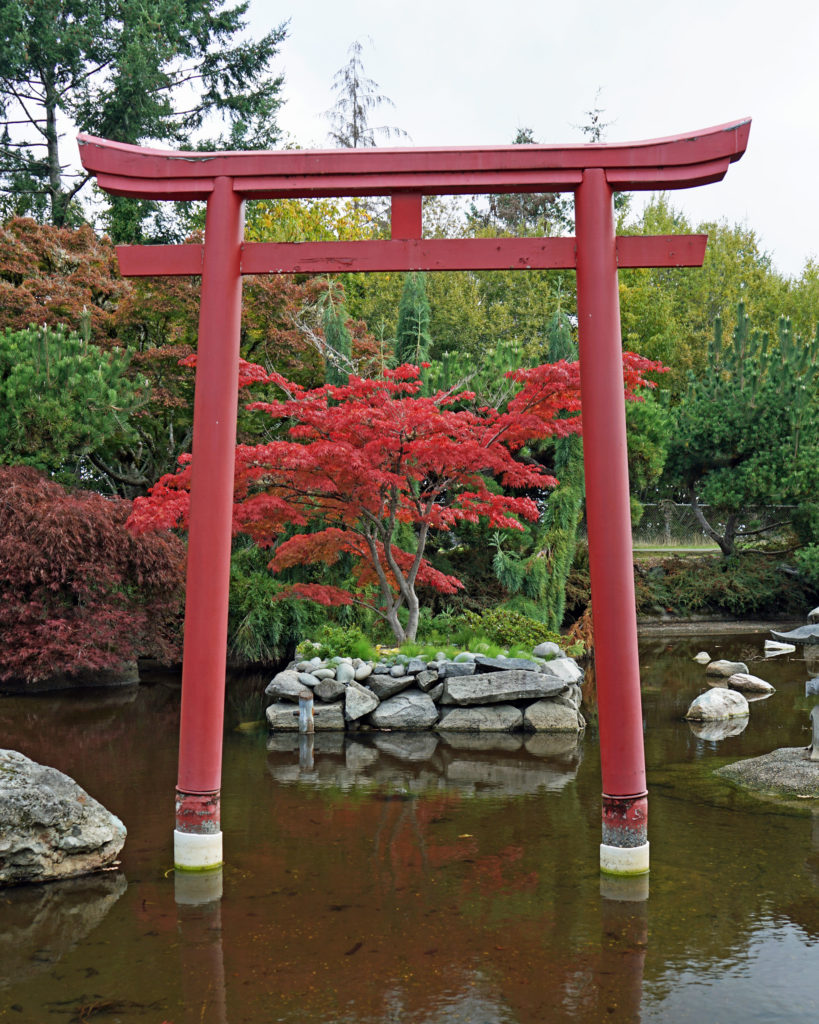 If you’ve never been to Point Defiance, check out the park’s
If you’ve never been to Point Defiance, check out the park’s 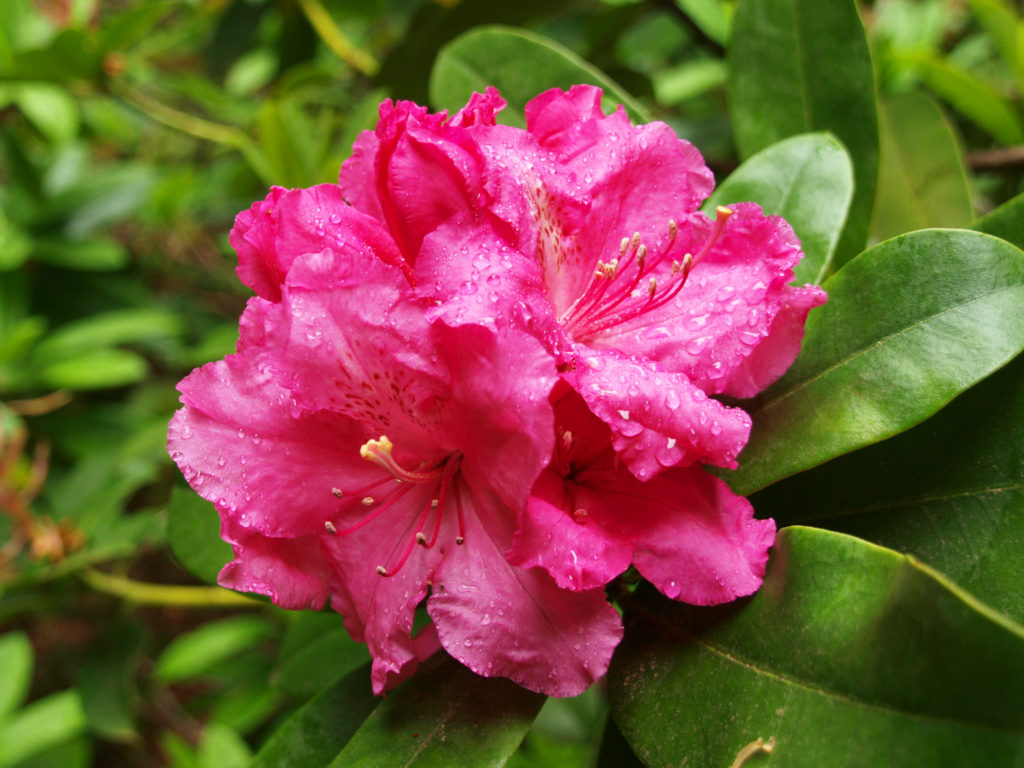
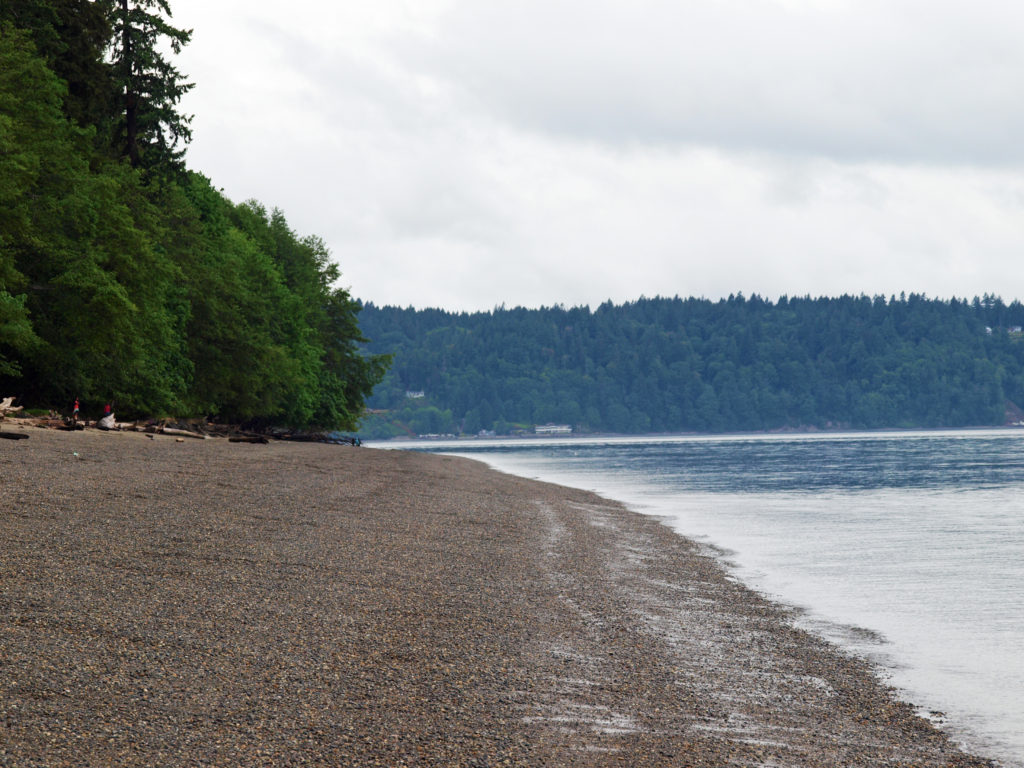
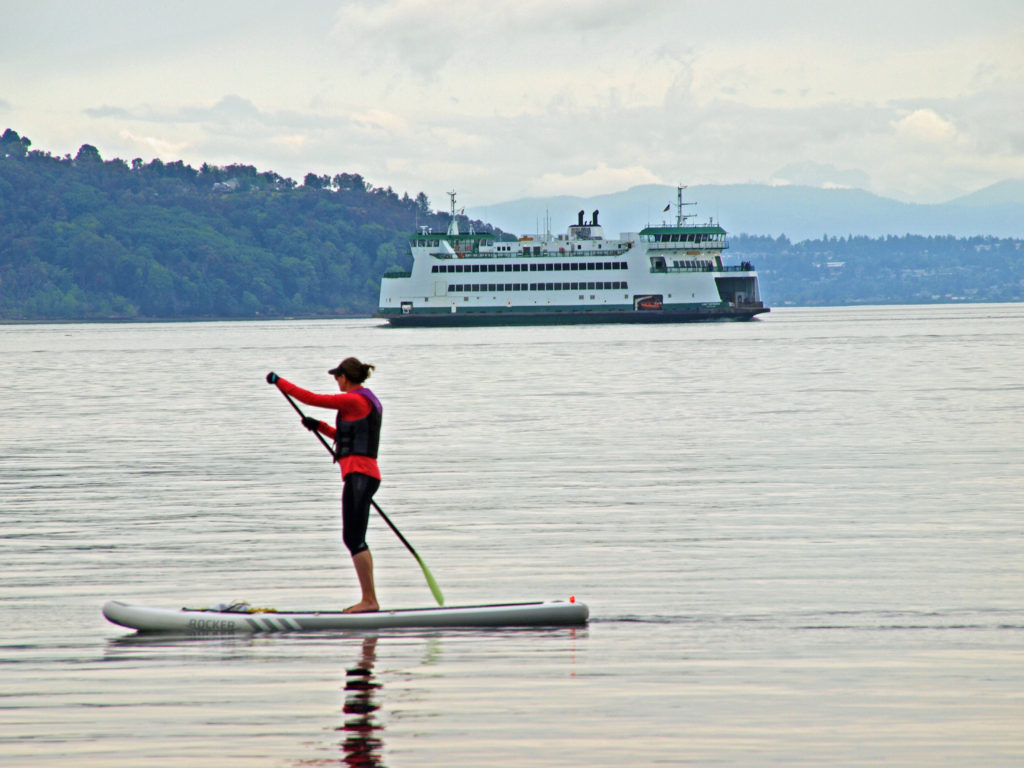 There is a wide, paved, ADA accessible path (the Promenade) connecting the beach with the marina area of the park and the Point Ruston Waterwalk, giving unhindered pedestrian and bicycle access to the park from the Tacoma waterfront. And a construction project completed in 2022 expanded the parking lot, created new entry and exit paths for pedestrians and cyclists separated from the vehicle roadway, a new beach pavilion, new restrooms, a new ADA accessible children’s playground, new ADA accessible plazas and pathways, and a renovated WPA-era picnic shelter.
There is a wide, paved, ADA accessible path (the Promenade) connecting the beach with the marina area of the park and the Point Ruston Waterwalk, giving unhindered pedestrian and bicycle access to the park from the Tacoma waterfront. And a construction project completed in 2022 expanded the parking lot, created new entry and exit paths for pedestrians and cyclists separated from the vehicle roadway, a new beach pavilion, new restrooms, a new ADA accessible children’s playground, new ADA accessible plazas and pathways, and a renovated WPA-era picnic shelter.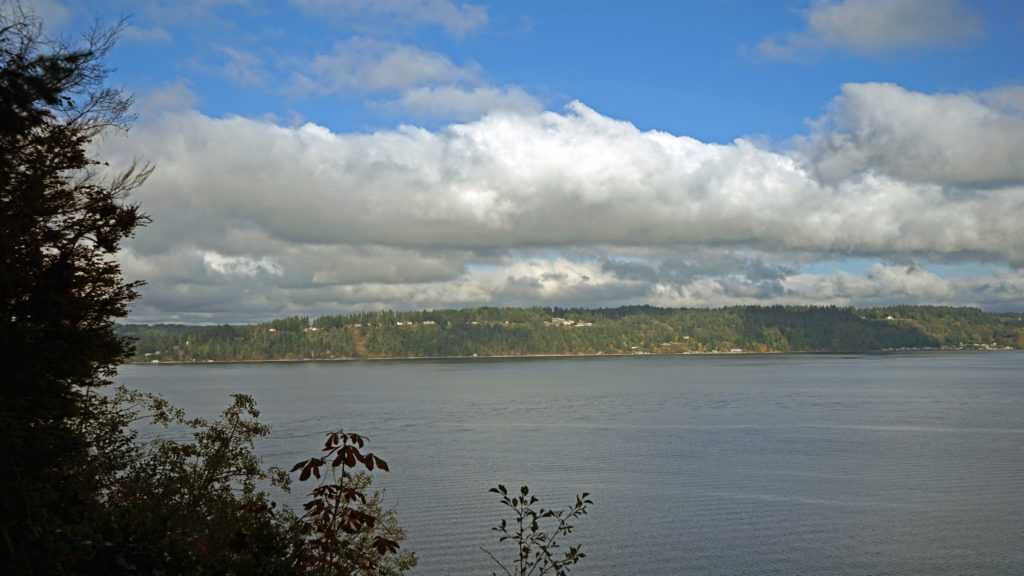 The outer loop of the Five Mile Drive provides numerous waterfront access points with views across Dalco Passage to Vashon Island and across The Narrows to the
The outer loop of the Five Mile Drive provides numerous waterfront access points with views across Dalco Passage to Vashon Island and across The Narrows to the 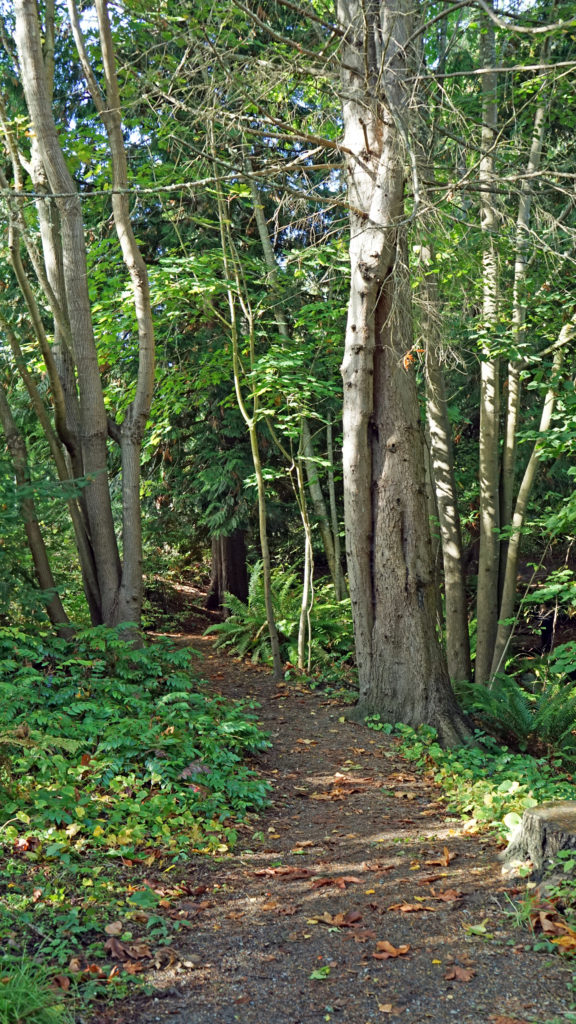 The outer loop is closed to vehicular traffic part of the day to give cyclists, runners, and pedestrians access to the northern half of the park free from conflicts with motor vehicles. On our most recent visit it was closed after 2:00 pm, but on our previous visit it was, I believe, closed in the morning. Check the Point Defiance Park website (linked above) for the current schedule if you plan to visit the park.
The outer loop is closed to vehicular traffic part of the day to give cyclists, runners, and pedestrians access to the northern half of the park free from conflicts with motor vehicles. On our most recent visit it was closed after 2:00 pm, but on our previous visit it was, I believe, closed in the morning. Check the Point Defiance Park website (linked above) for the current schedule if you plan to visit the park.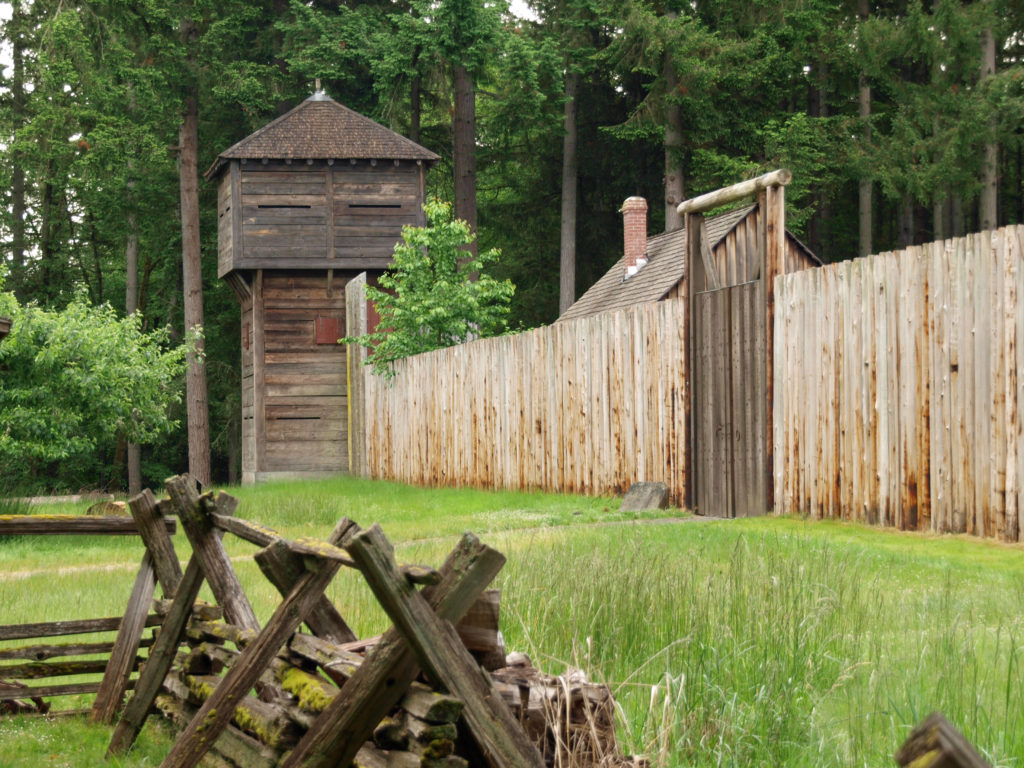
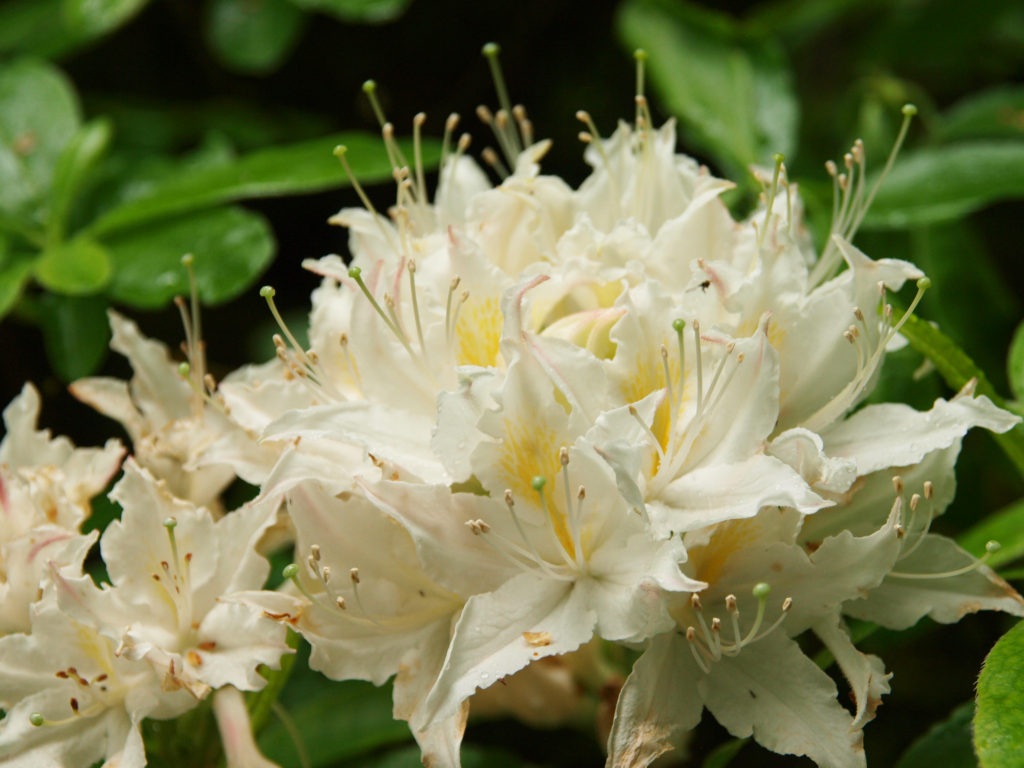
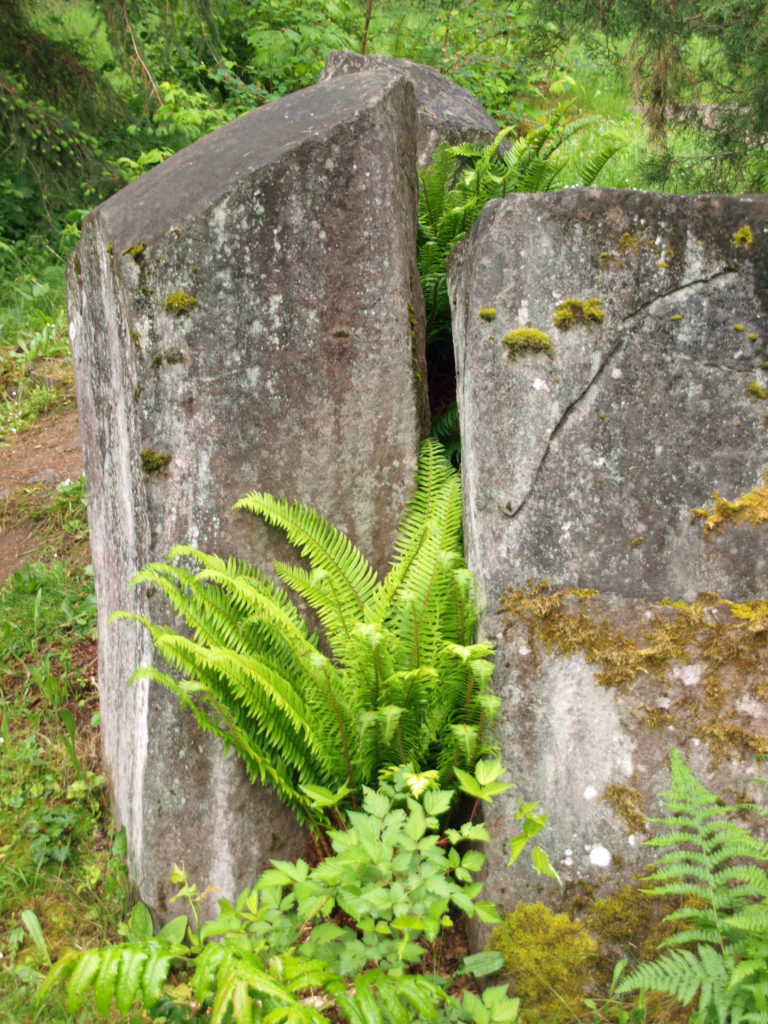
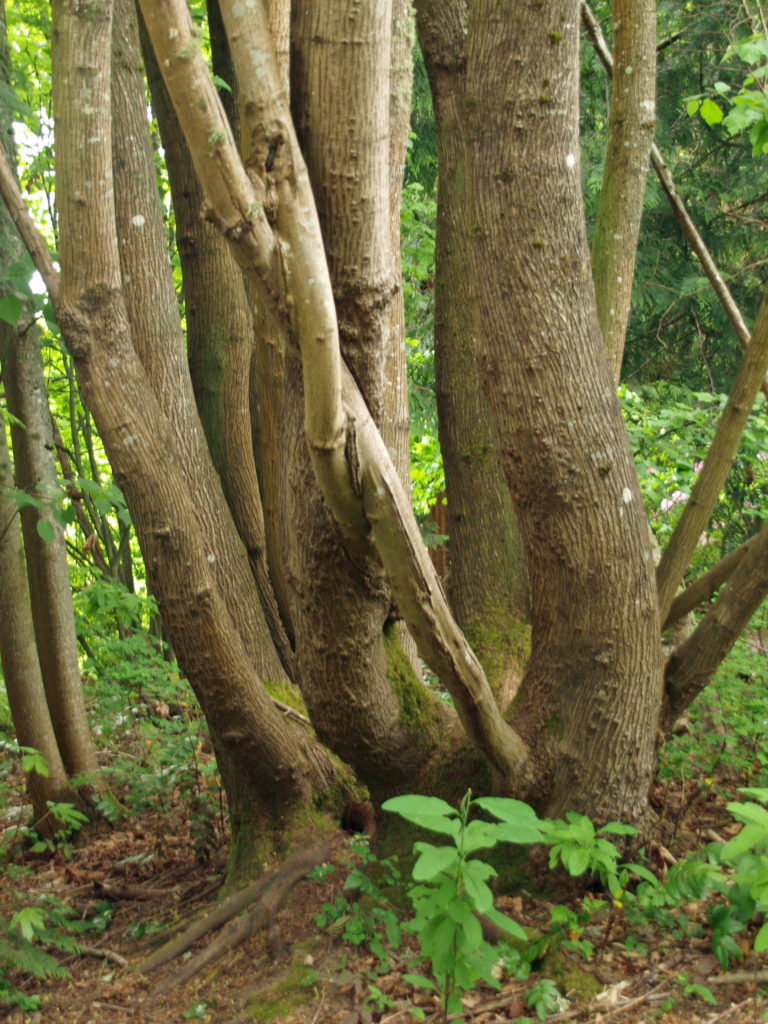
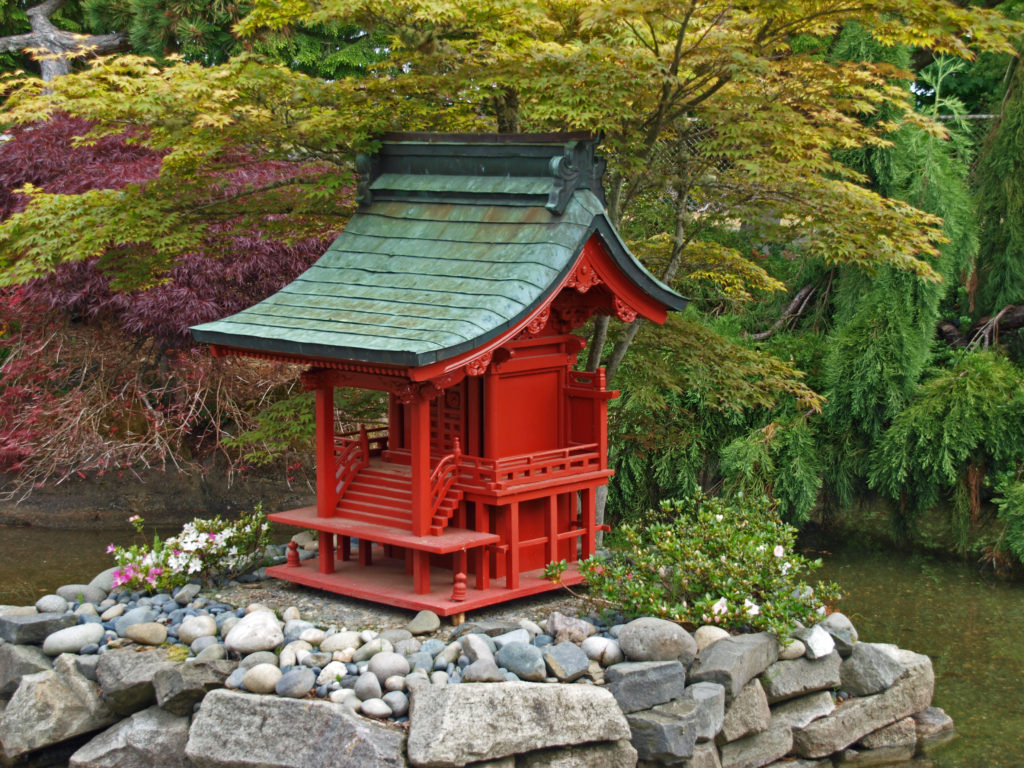
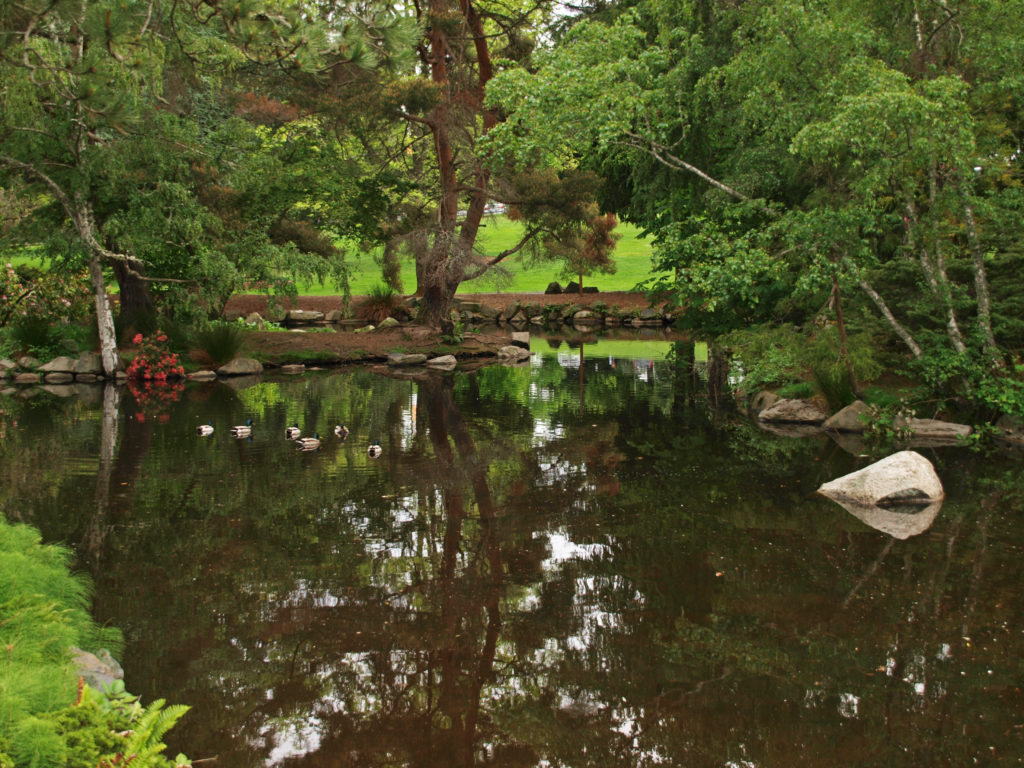 On both of our recent visits our final, and longest, stop was at the botanical gardens area near the entrance to the park. Here there is a large pond with a waterfall, an herb garden, a large rose garden, a dahlia garden, an iris garden, and a Japanese garden. We could easily have spent even more time here than we did on either visit. And if you visit the
On both of our recent visits our final, and longest, stop was at the botanical gardens area near the entrance to the park. Here there is a large pond with a waterfall, an herb garden, a large rose garden, a dahlia garden, an iris garden, and a Japanese garden. We could easily have spent even more time here than we did on either visit. And if you visit the 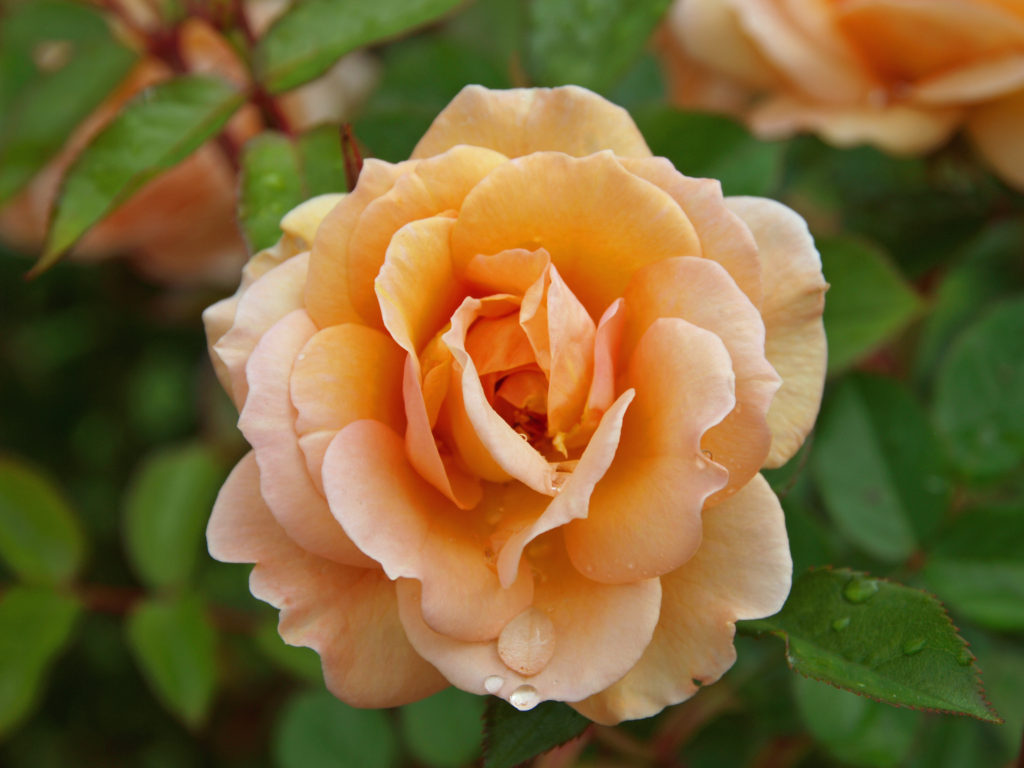 Point Defiance Park is one of the largest, and best, city parks in the Pacific Northwest. The park is similar in many ways to Vancouver, BC’s Stanley Park. Point Defiance is, without question, one of Tacoma’s top attractions.
Point Defiance Park is one of the largest, and best, city parks in the Pacific Northwest. The park is similar in many ways to Vancouver, BC’s Stanley Park. Point Defiance is, without question, one of Tacoma’s top attractions.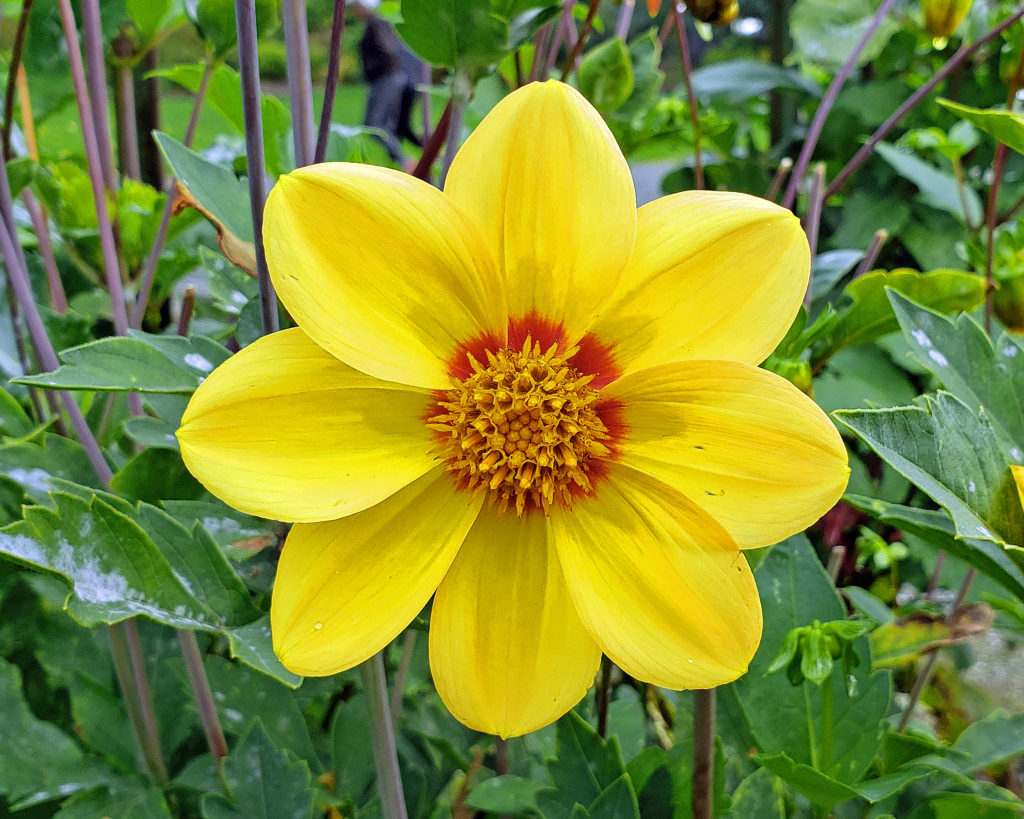 Originally posted May 19, 2019. Most recently updated February 18, 2025.
Originally posted May 19, 2019. Most recently updated February 18, 2025.